Aliens, white sand and big caves
Roswell is a remote town in the middle of the vast southern New Mexico desert. It would have been completely forgotten by mankind, and probably much smaller than it is today, if not for the fateful events of 5 July 1947. On this day a rancher found strange metallic objects in a paddock, made of a material he had never seen before. He brought it into town and eventually the nearby military base was notified. From that moment Roswell became an international sensation and began a new life as the capital of the UFO industry.
Not just fragments from a spacecraft but actual aliens as well! It is also said that following that rancher’s discovery in his paddock other locals near Roswell found more debris and even some bodies from the spacecraft, one of them possibly still alive. Yes, indeed! Within days the area was in complete military lockdown, a cover up had begun to hide what really happened (whatever that was) and Roswell became the centre of attention for anyone and everyone who had an interest in UFOs.
The museum commemorating not only this event but also the history and background of UFO sightings in general has prominent position on Main Street in downtown Roswell. On the morning of April Fools Julie and I toured this museum, found it absolutely fascinating in a slightly sceptical sort of way, trying to stick to the facts without taking itself too serious. But overall the well documented museum left us with the impression that something strange really did happen that day in 1947 and maybe the military didn’t want people to know. In any case, it’s fun to hope it really happened that way.
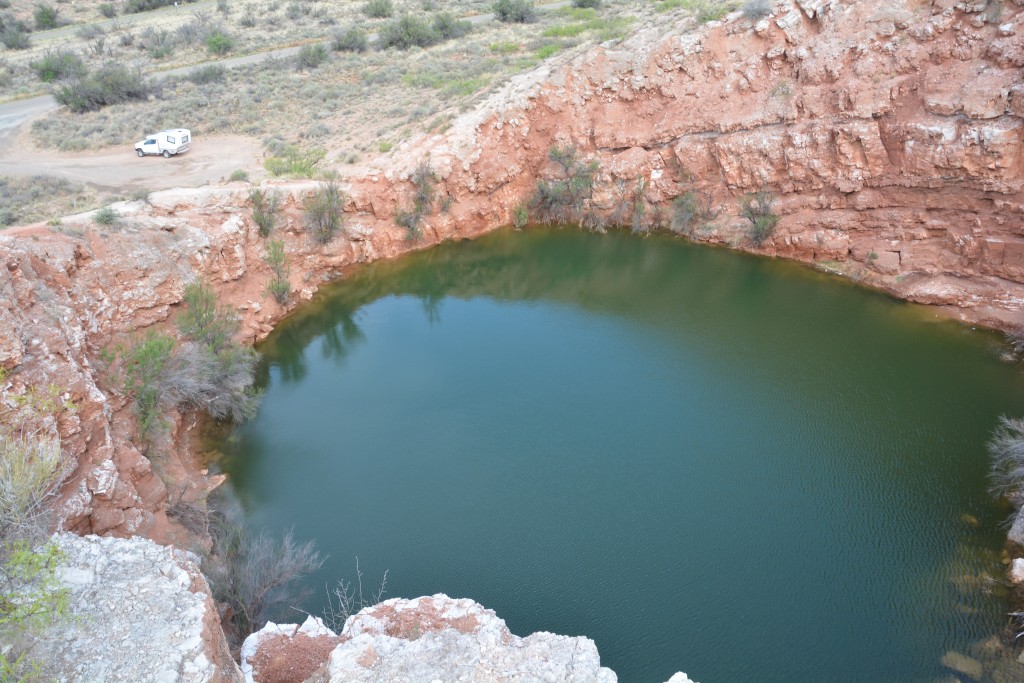
One of seven deep sink holes near where we camped in Roswell – an unexpected feature in the middle of the desert
Having run out of green alien jokes we headed southwest toward White Sands National Monument. The flat boring desert soon gave way to a steady climb up in the mountains and a light drizzle. As we climbed the mountain we entered another Apache Indian reservation and the rain turned to snow – again! – and eventually we topped out at 8,500 feet (2,740 metres). Our strategy of travelling south to avoid the cold weather only lasted for one night.
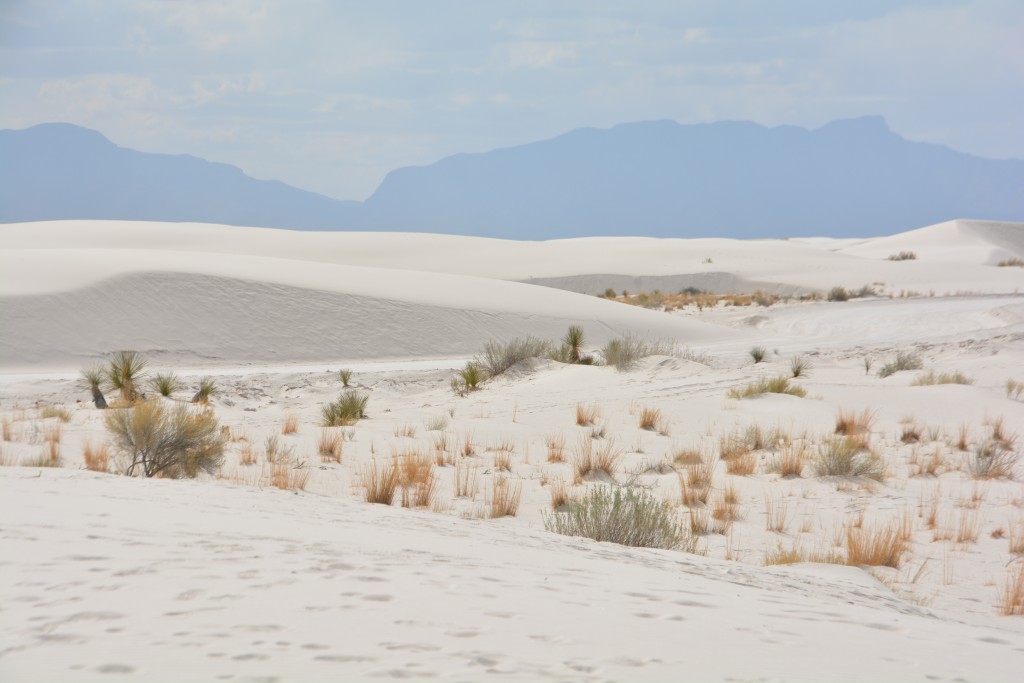
White Sands National Monument featured this incredible geologic phenomenon of very light gypsum sand in huge sand dunes
Back down on the desert floor, White Sands National Monument protects the largest gypsum sand dunes in the world, covering something like 240 square miles. We followed the track through the dunes, stopping occasionally to walk over these blindingly white dunes in bare feet, the sand so fine and glistening it almost wasn’t real. Families had set up picnic spots at the base of huge dunes and kids used various devices to slide down the steep slopes. Great fun and interesting for us after seeing the desert dunes a few days ago in Colorado and now these gypsum dunes in New Mexico.
We found a free place to camp on the border of the military’s missile practice range on the banks of a large lake full of ducks, avocets and other birds. We set up on the banks and watched the birds feed in the shallow water and the sun set behind them. Great stuff until the wind came up and Ranger Rick told us to put out our fire.
After crossing another 8,600 foot mountain pass the next morning and then enjoying a few long hours across the limitless desert we arrived at Carlsbad Caverns in south-eastern New Mexico. Carlsbad Caverns is possibly the most famous cave system in the world. Visited by hundreds of thousands of people a year despite its desolate location, Carlsbad features the largest single underground cavern in the western hemisphere and hundreds of beautiful subterranean formations, stalactites, stalagmites, columns, draperies, flowstones and many more.
Most amazing, to get to the underground snack bar, toilets and souvenir shop at the opening of the huge cavern (cleverly named The Big Room) you need to go down a lift that takes you 750 feet, or the equivalent of a 70 story building, below the ground’s surface. And of course the public only get to see a small fraction of the overall cave system.
We arrived with enough time to catch the lift down and do the 1½ mile loop walk around The Big Room (which gives you an idea of how monstrous this big room is). Julie and I have always loved exploring publicly open caves and Australia has a huge collection of great limestone caves. The geology behind Carlsbad is a little different but the result is the same, a great selection of shapes and sizes that have been forming over millions of years. We walked slowly through the cavern, taking photos, trying to absorb the beauty of this amazing underground spectacle.

The intricacies of these formations are amazing and to think they have taken millions of years to form just beyond me
We camped in an almost abandoned campsite in a nearby town, the strong desert wind howling most of the night. The next morning we returned to the caves to do an organised tour of the King’s Palace, the Papoose Room and the Queen’s Room, all featuring amazing formations about 900 feet below ground. It was a bit of a struggle for us to be in a group of 54 people but the payoff was to be able to see these amazing underground rooms which are closed to people on self-guided walks.
New Mexico has been a fantastic experience, great mountains, beautiful desert, natural attractions and interesting towns. We had modest expectations of the Land of Enchantment but were knocked over with all it had to offer. But it’s time to move on and big bad Texas awaits!
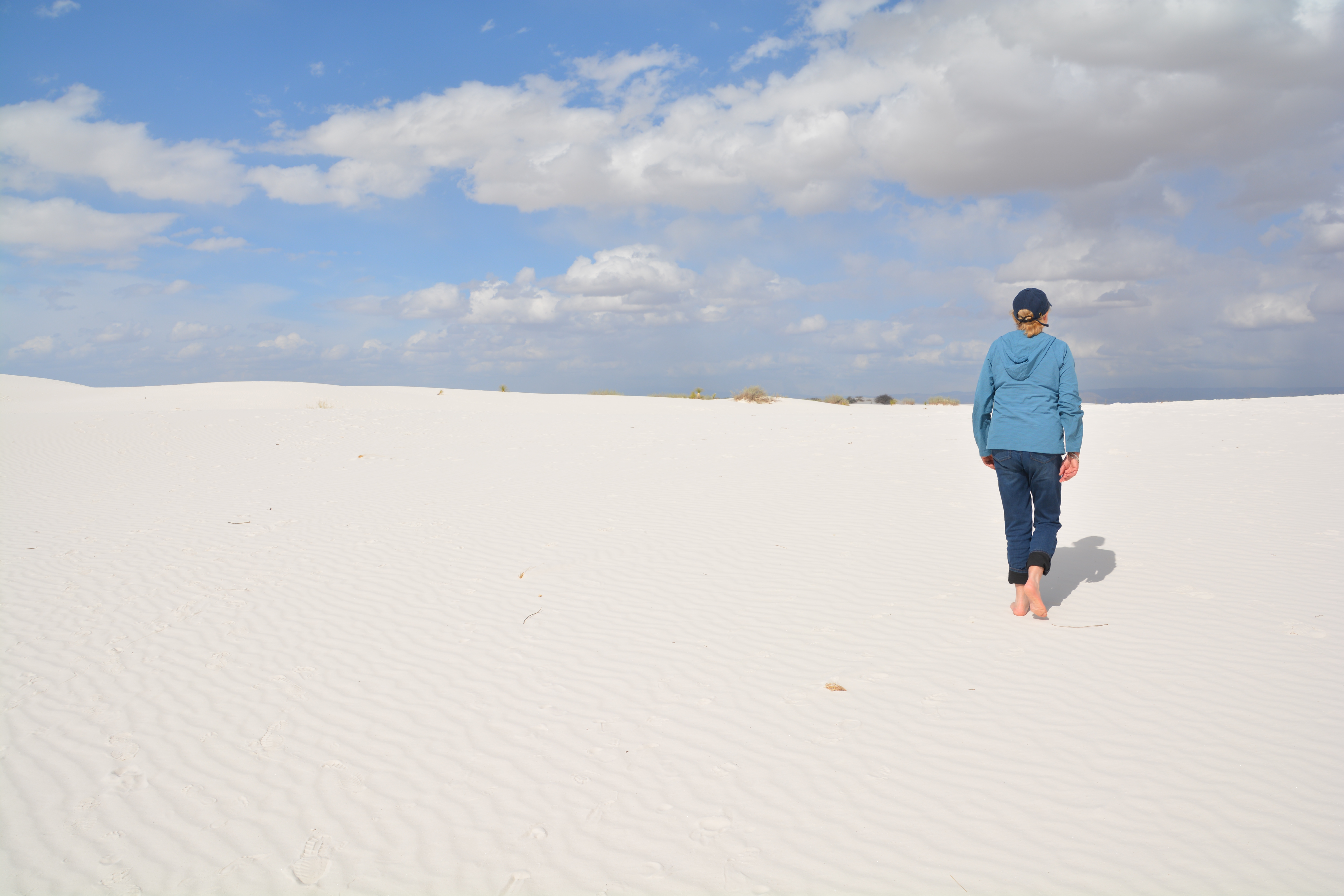

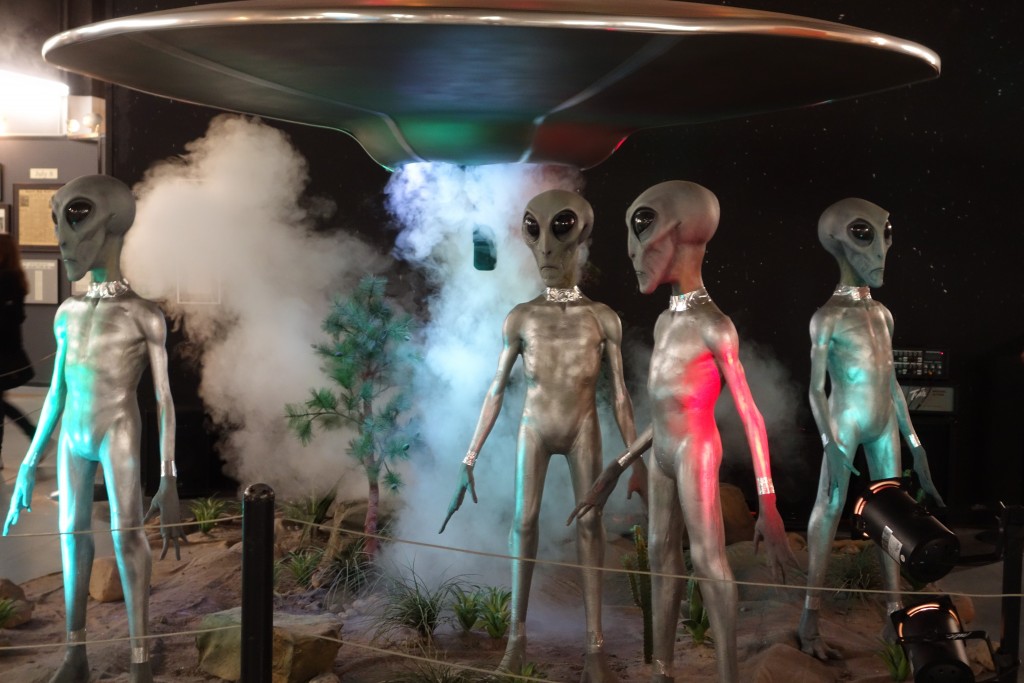
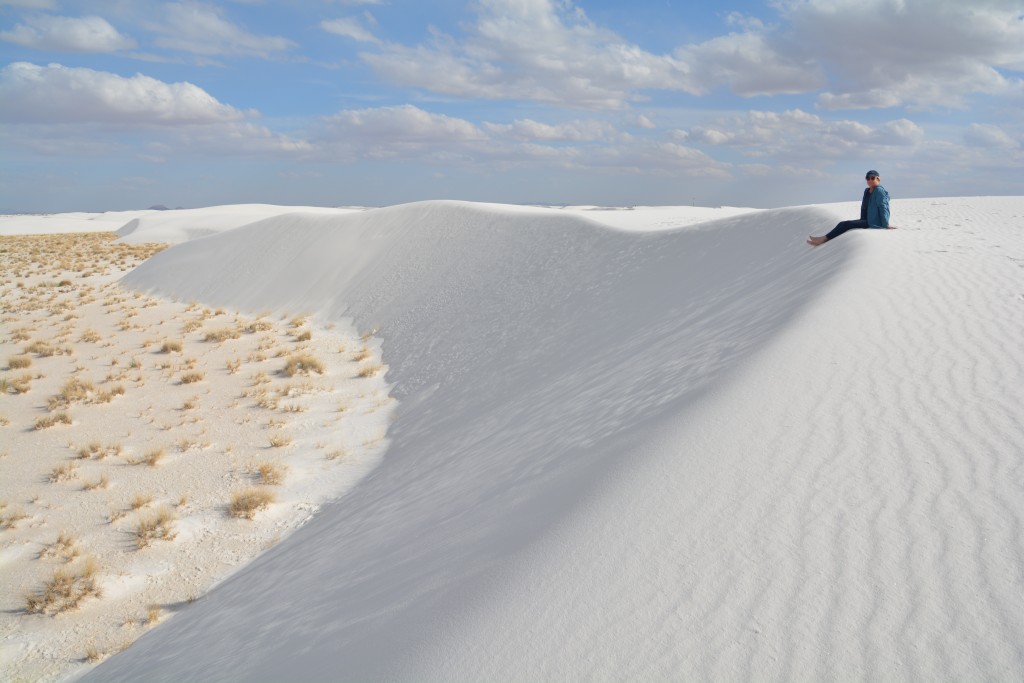
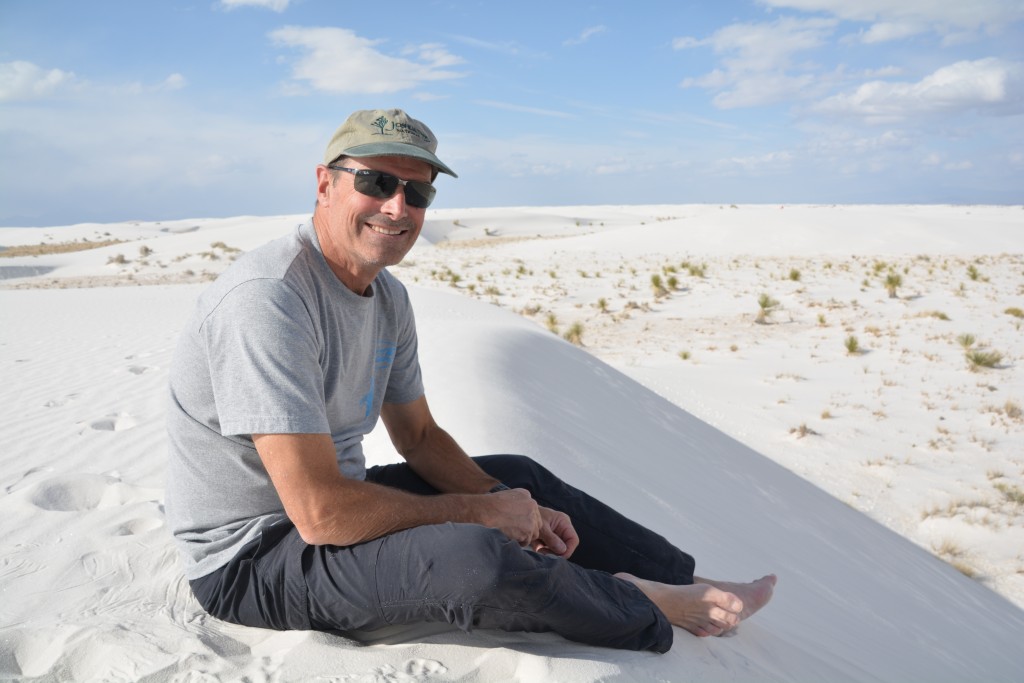
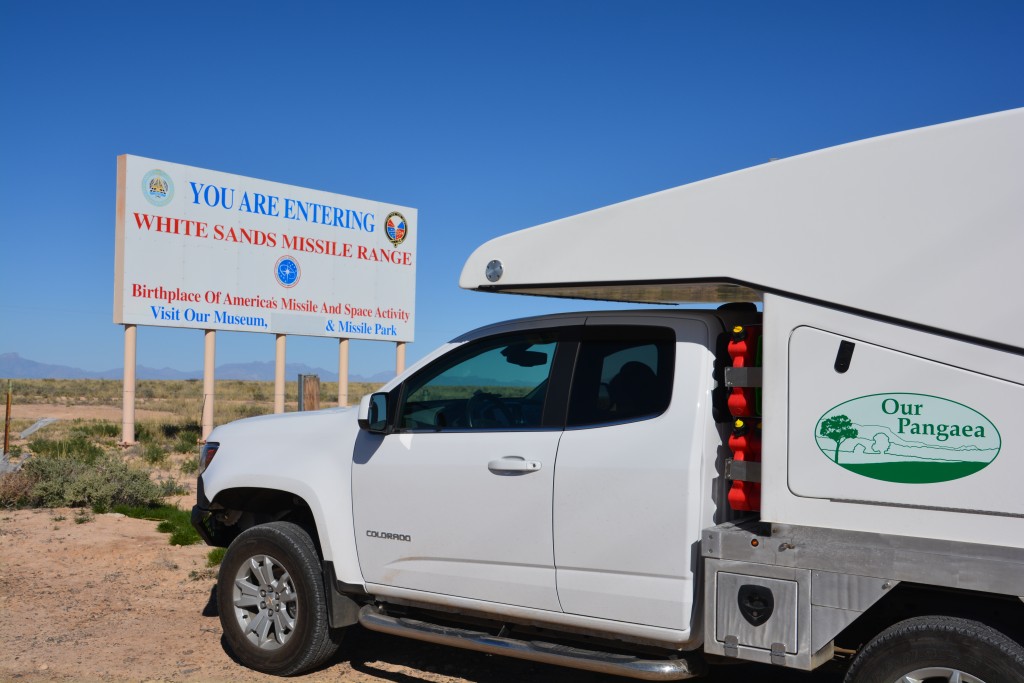

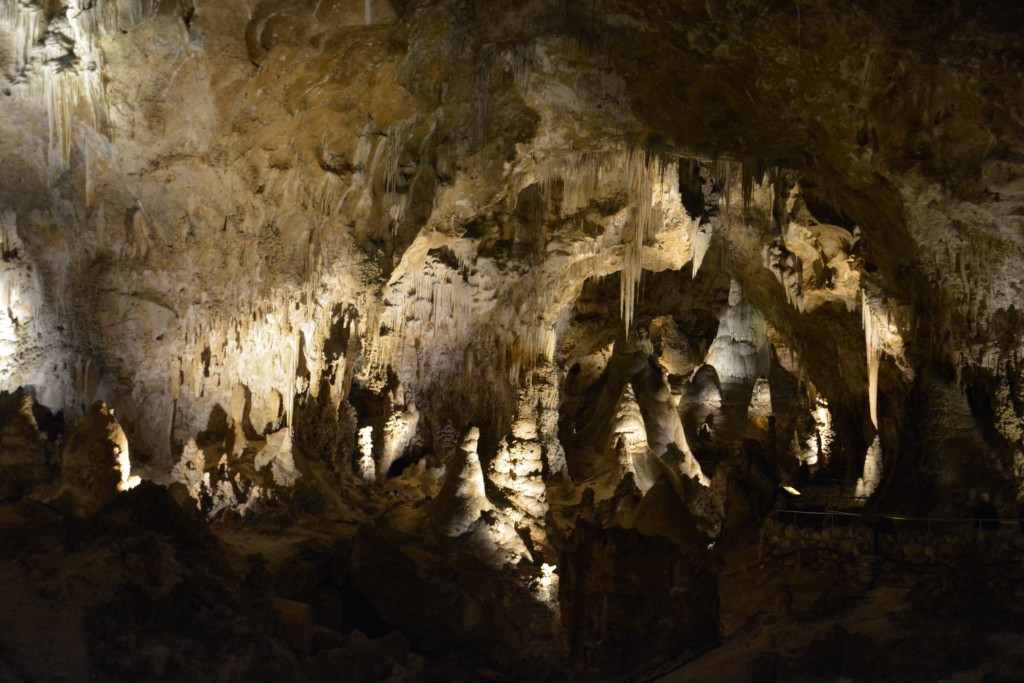
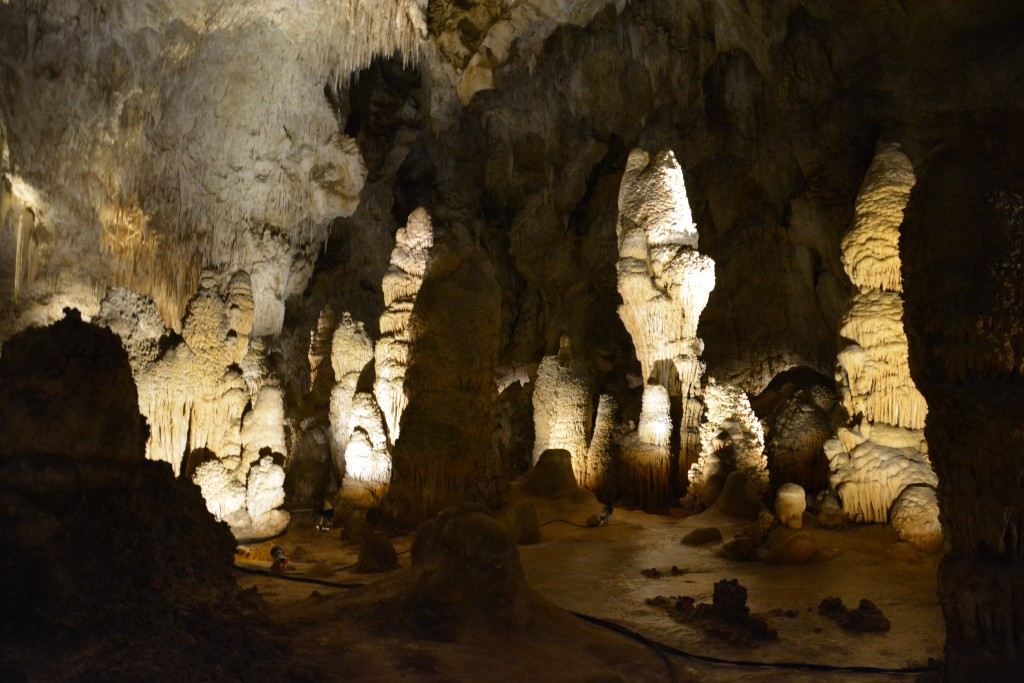
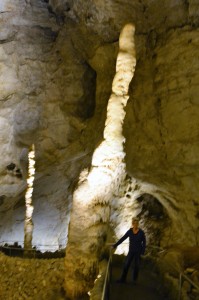
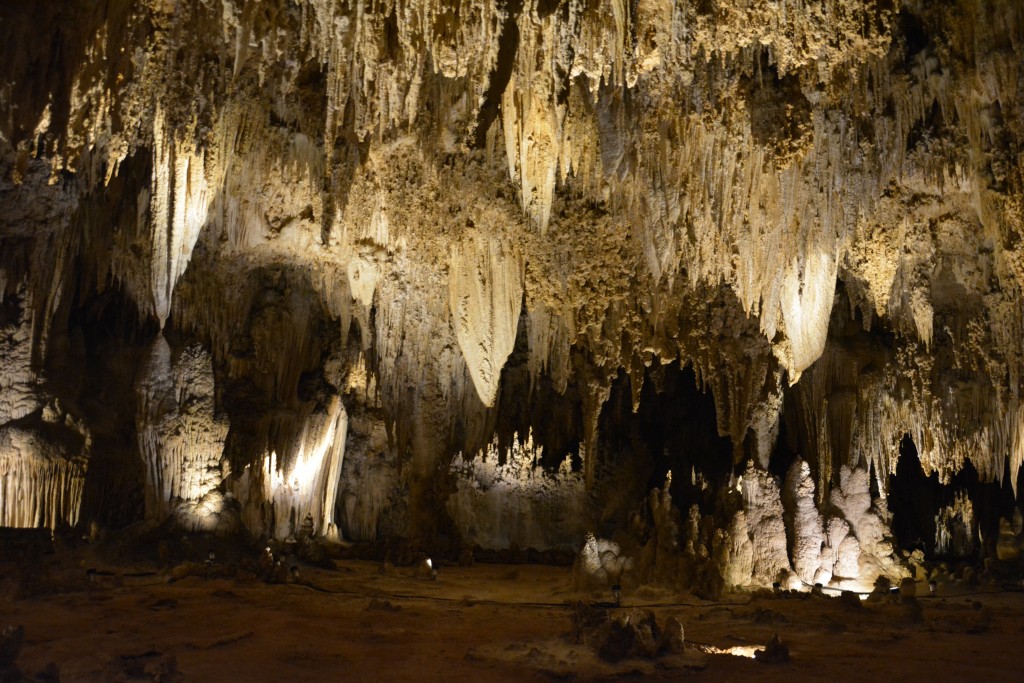
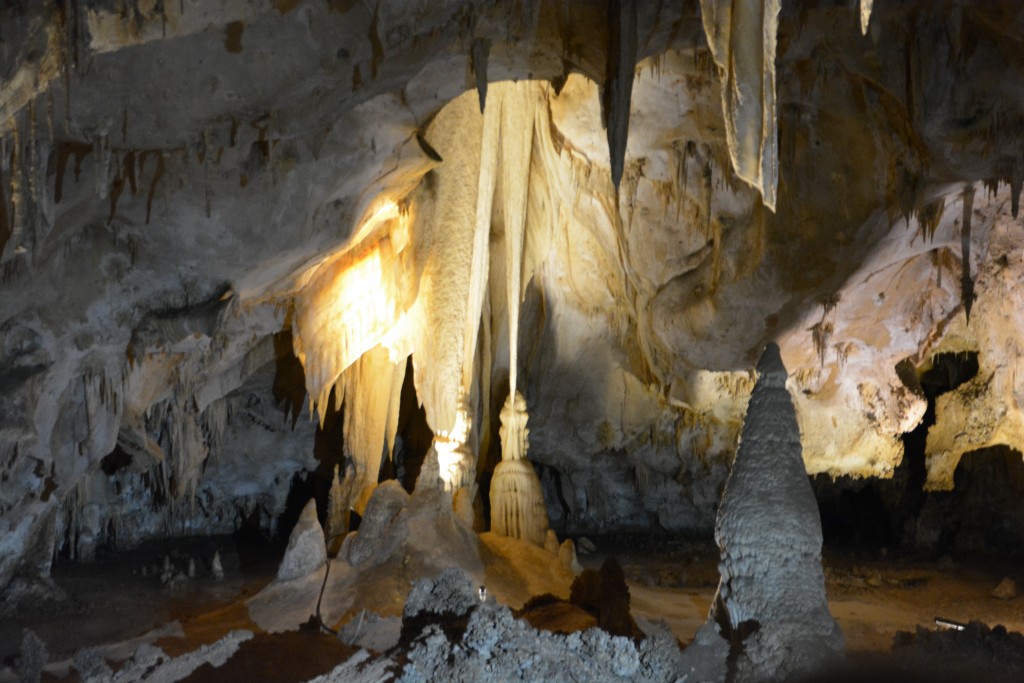
Comments
Aliens, white sand and big caves — No Comments
HTML tags allowed in your comment: <a href="" title=""> <abbr title=""> <acronym title=""> <b> <blockquote cite=""> <cite> <code> <del datetime=""> <em> <i> <q cite=""> <s> <strike> <strong>